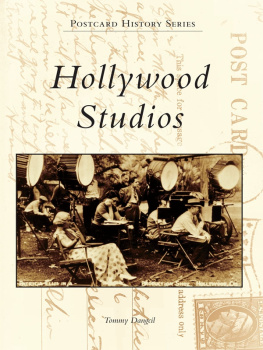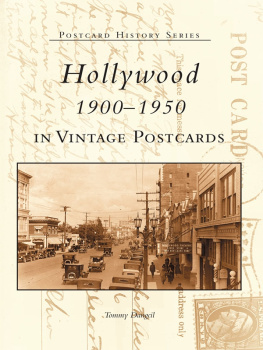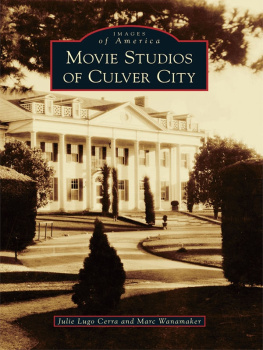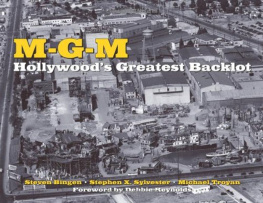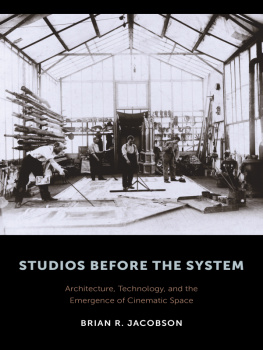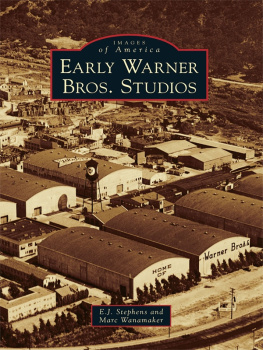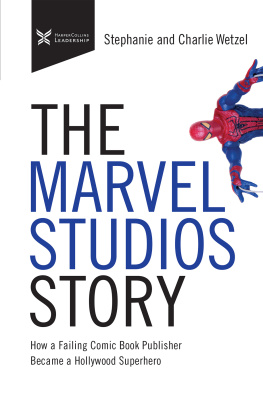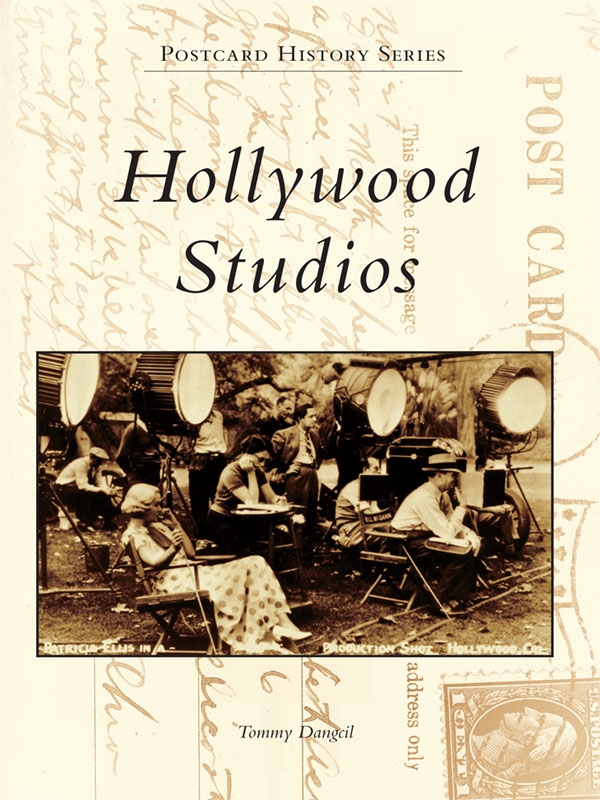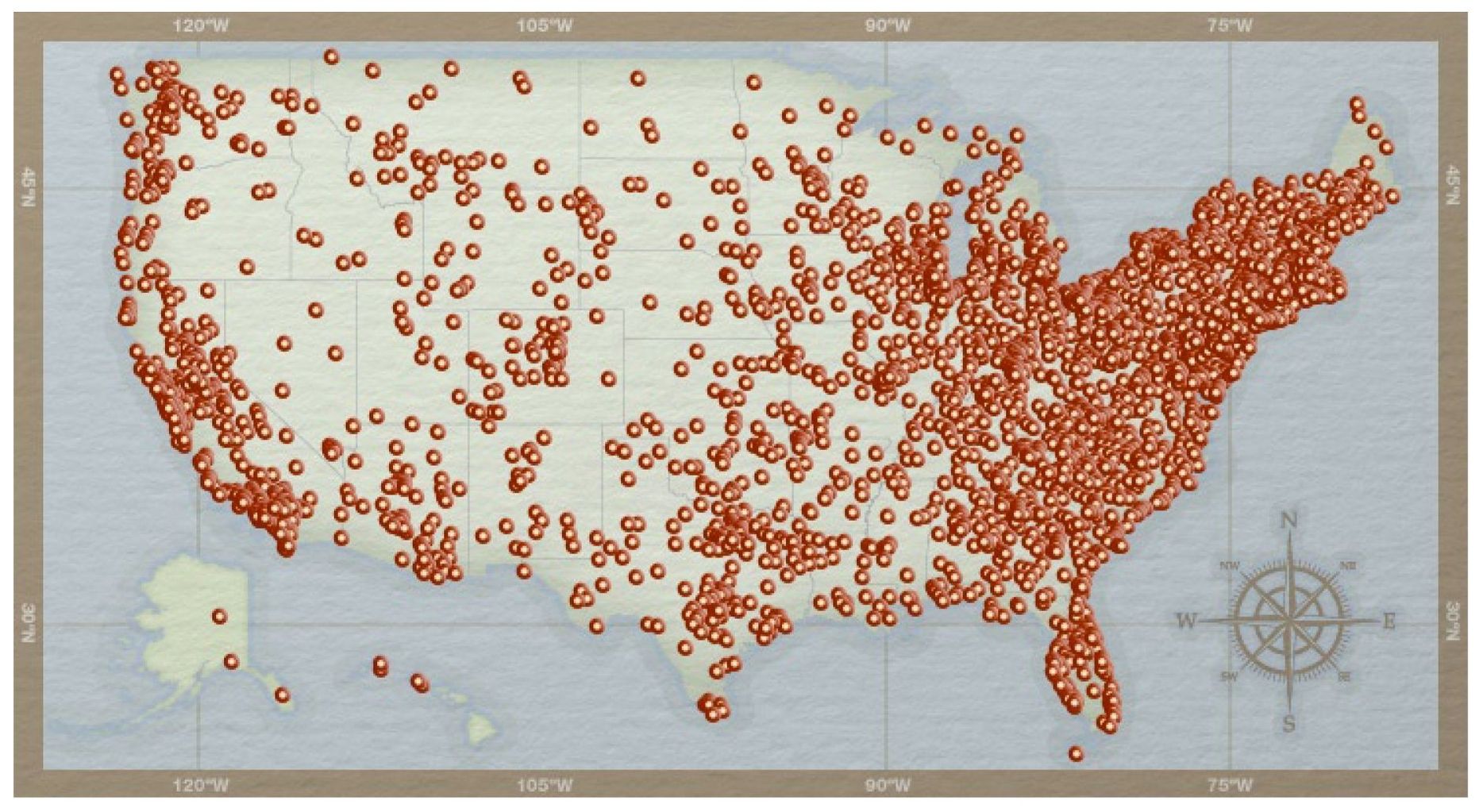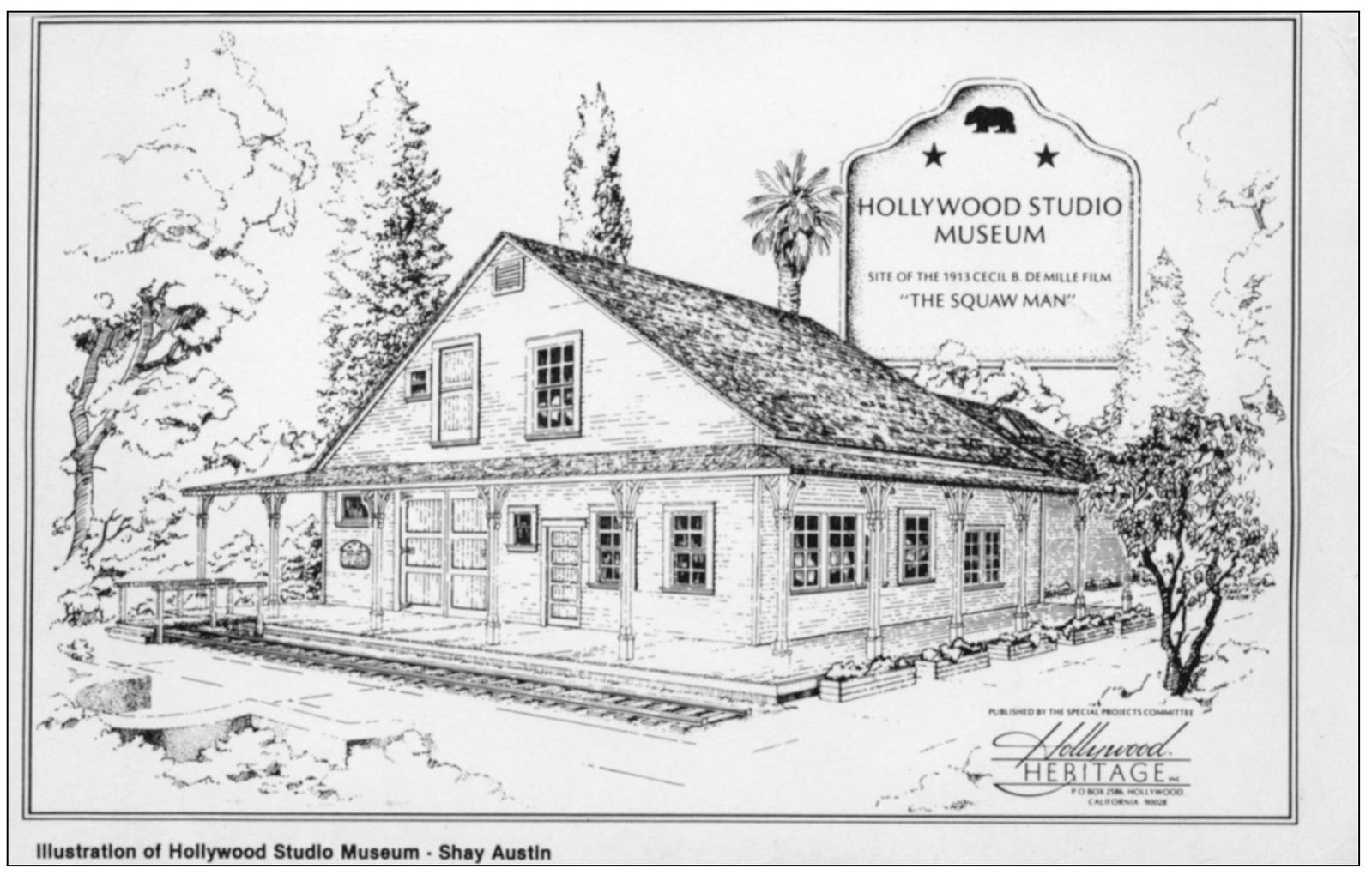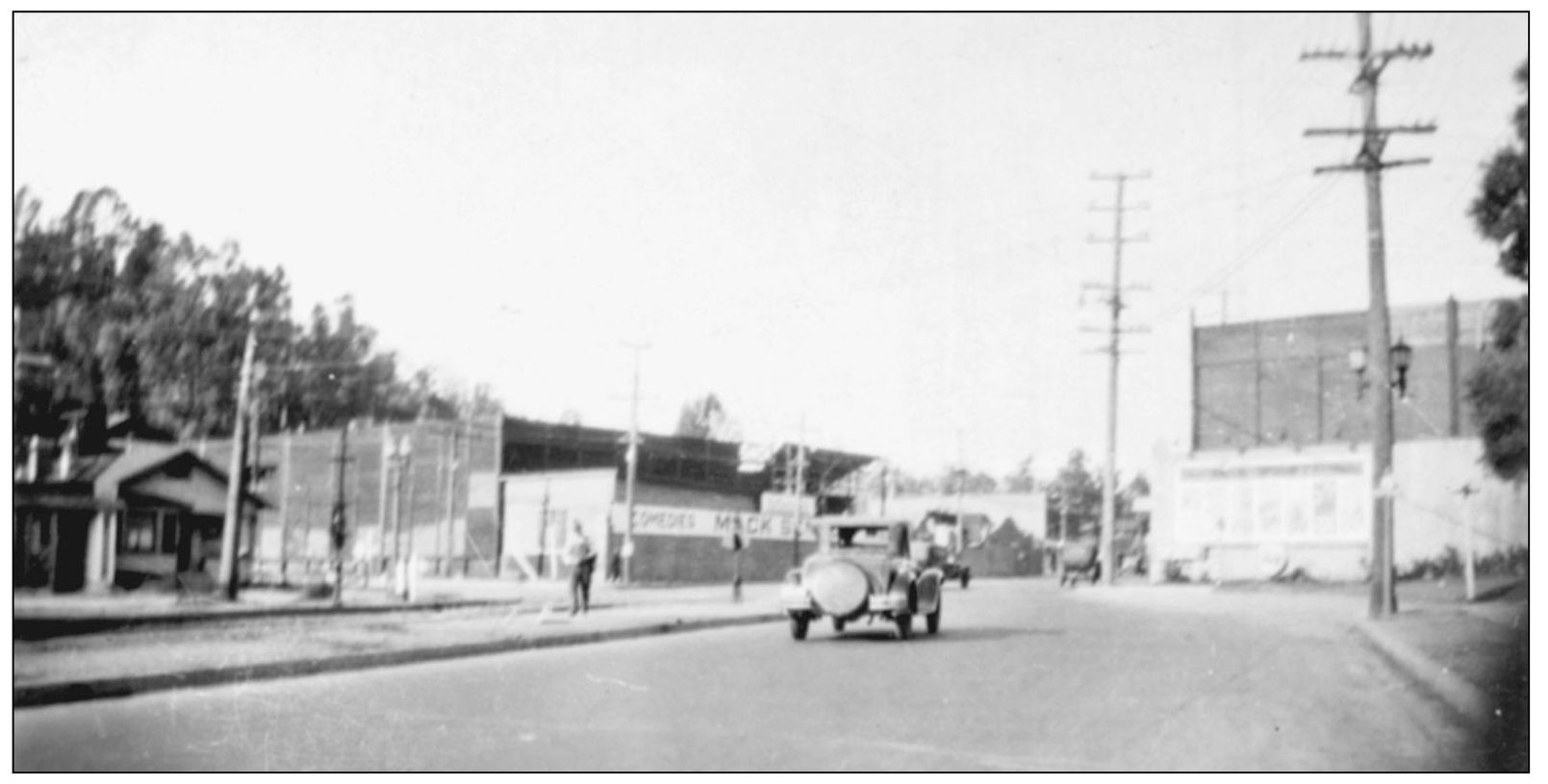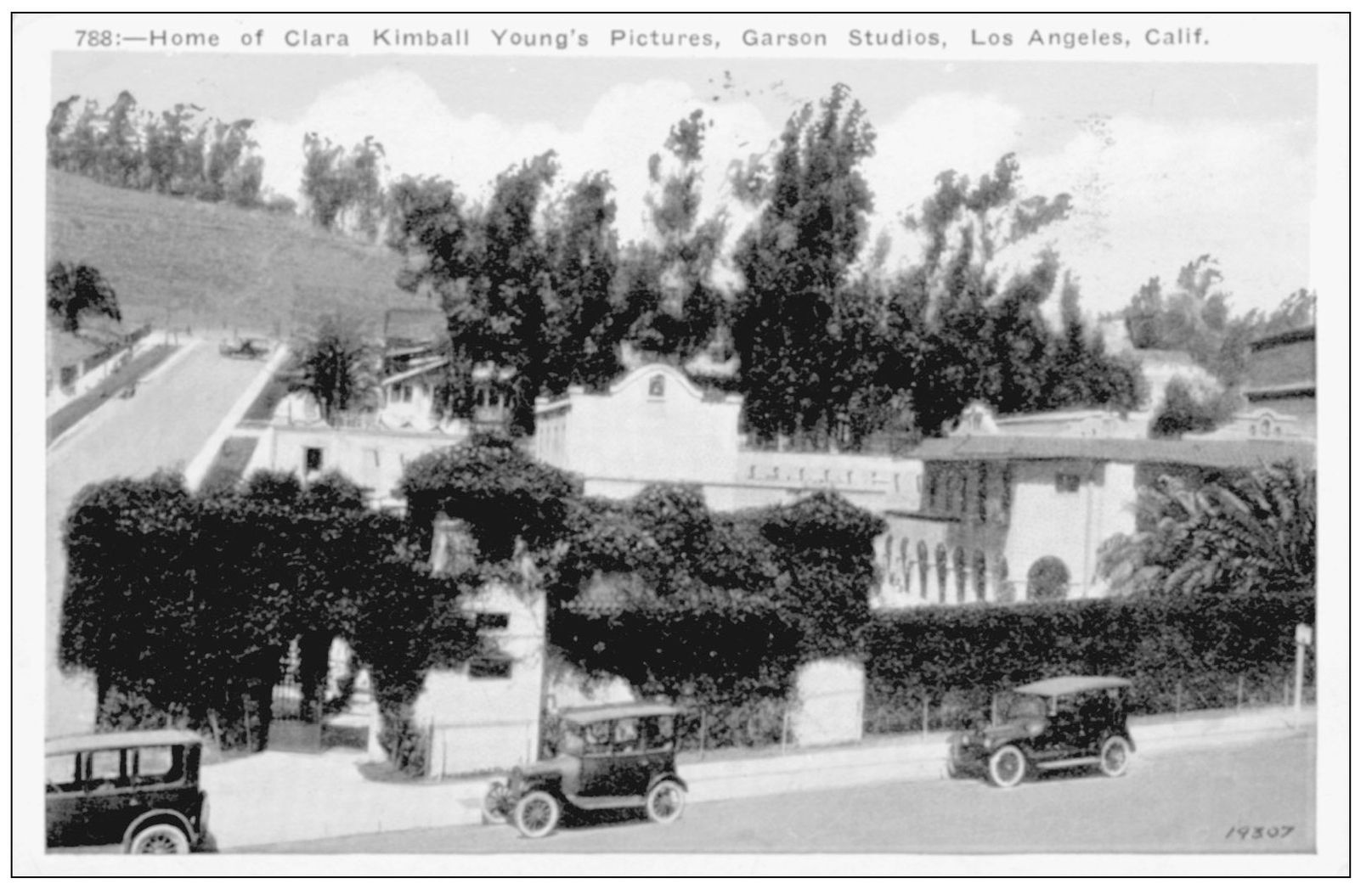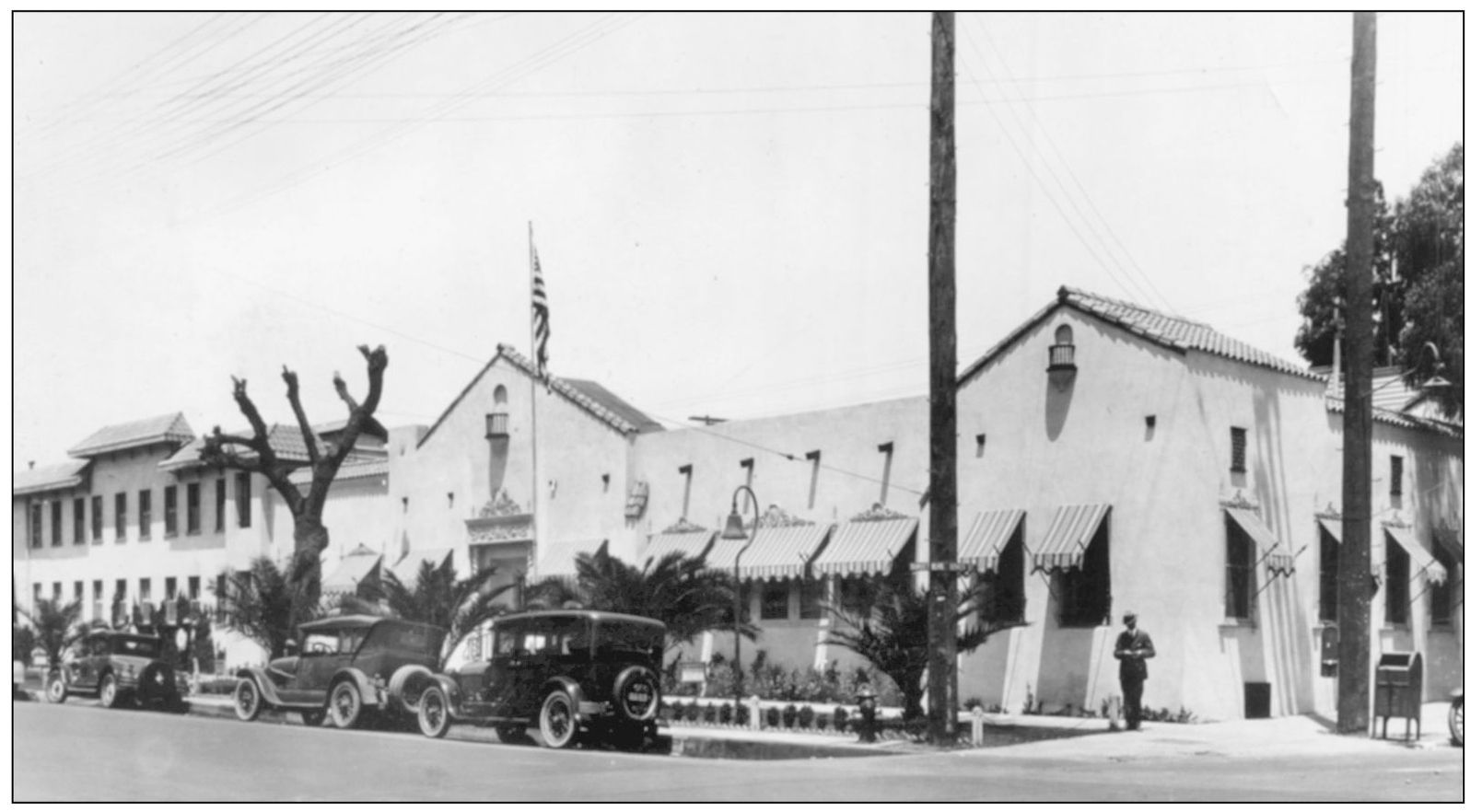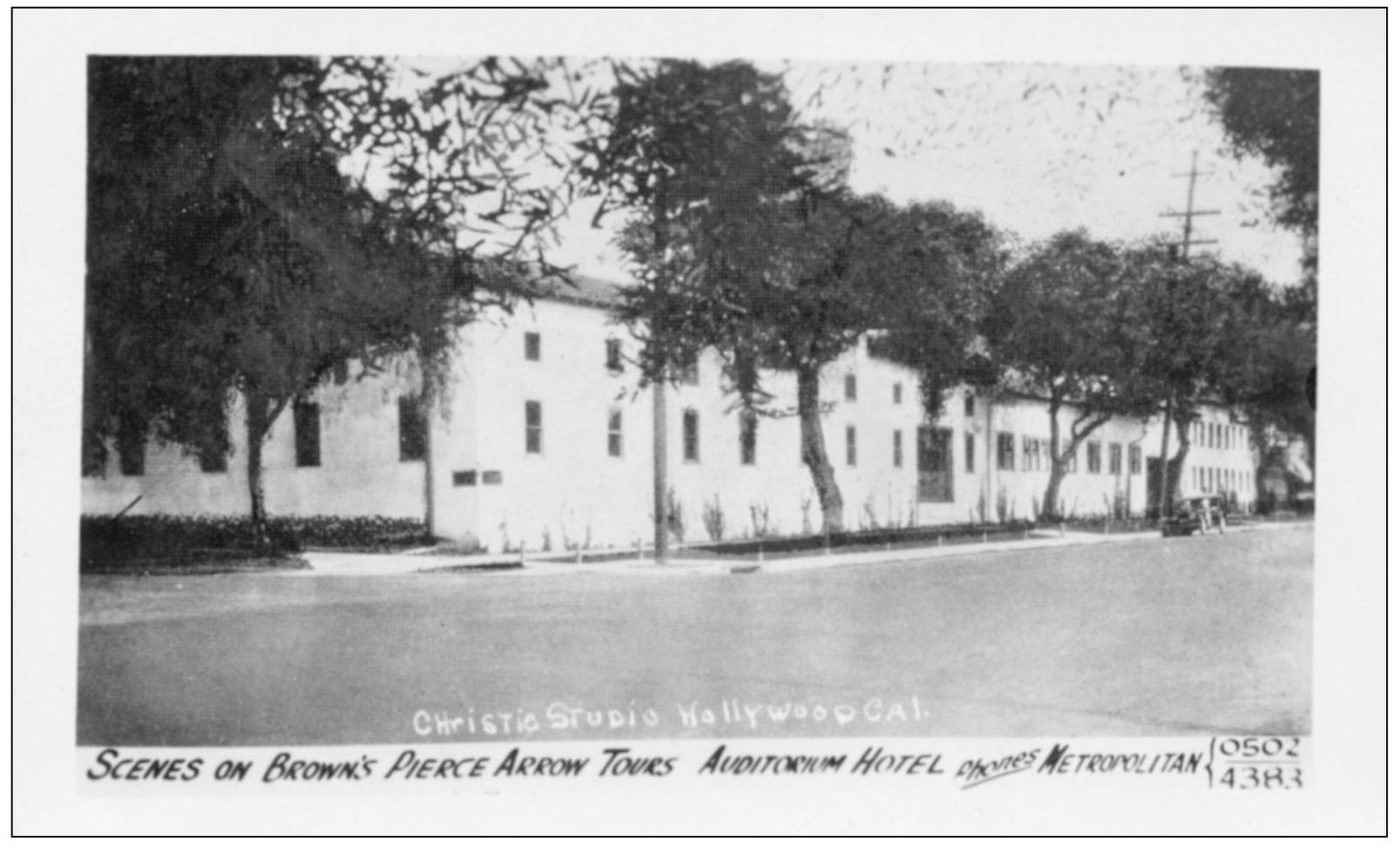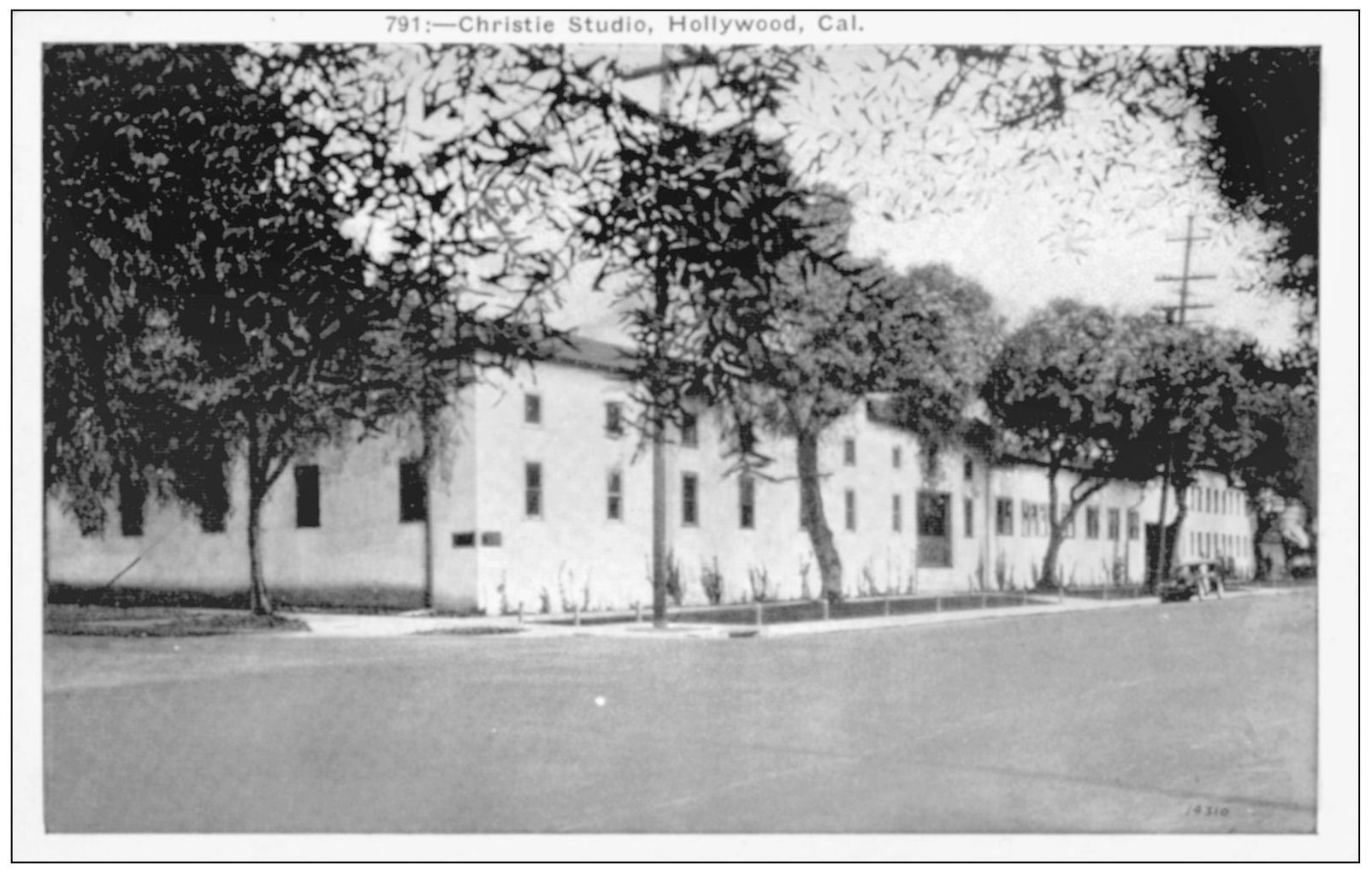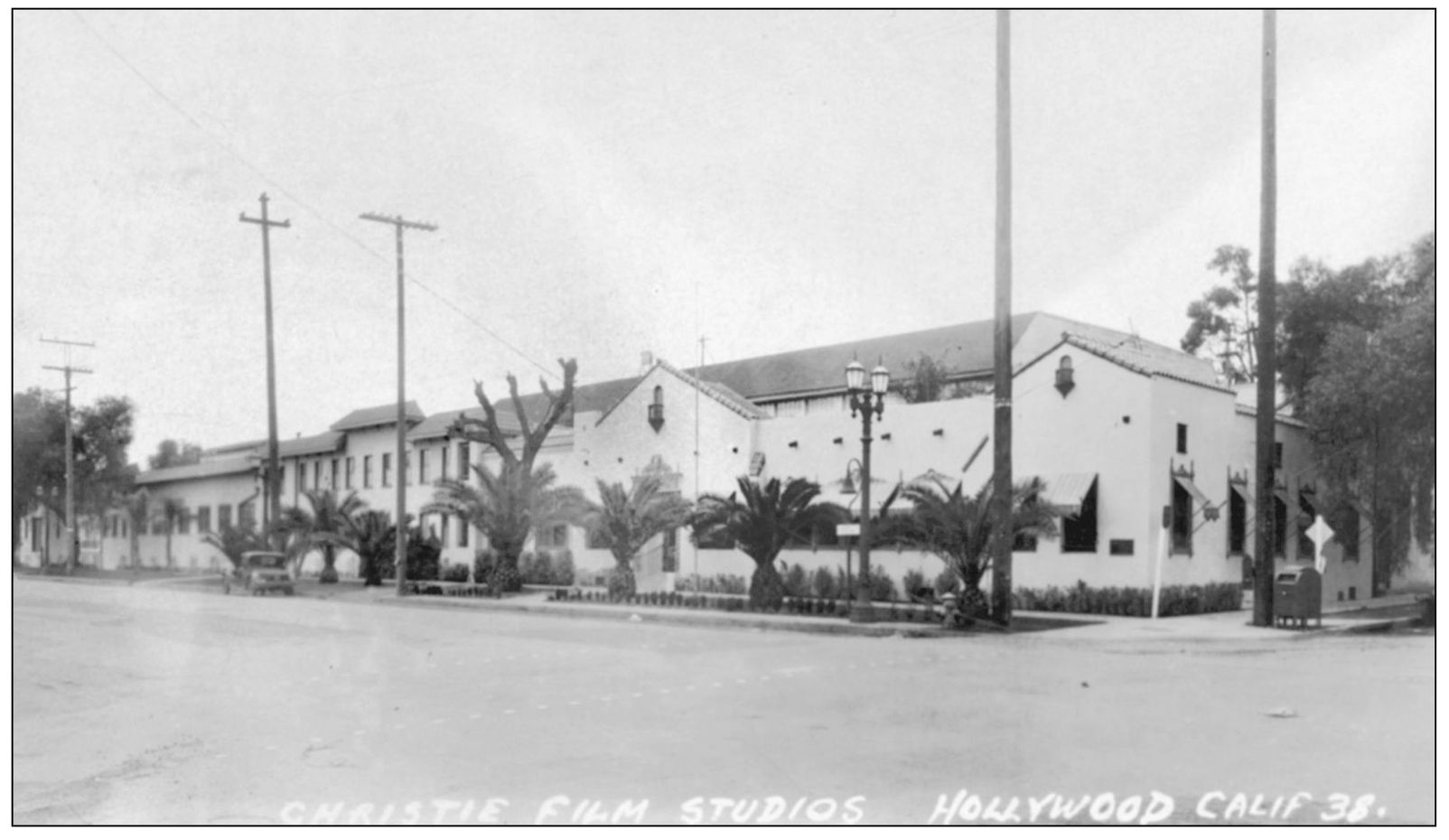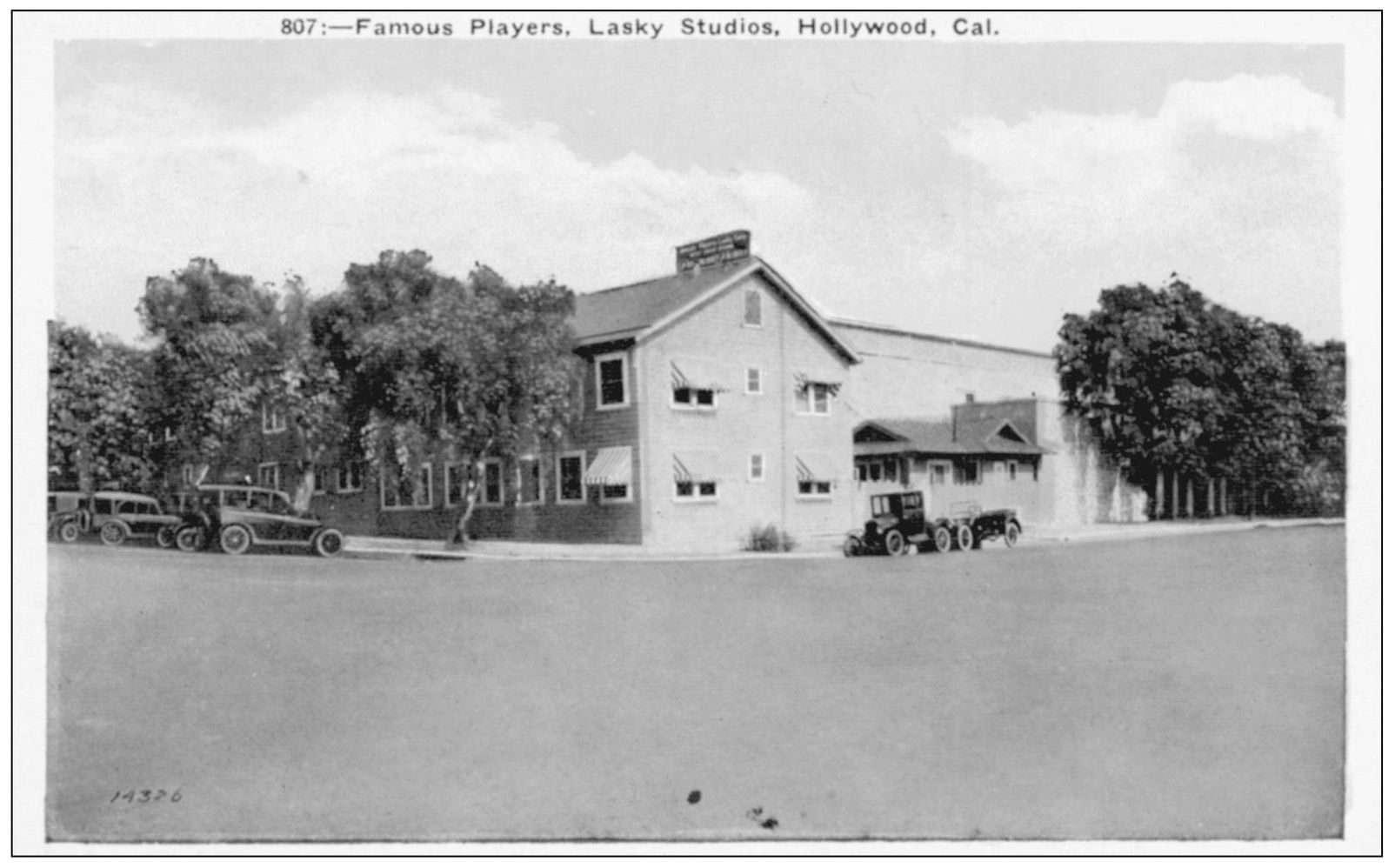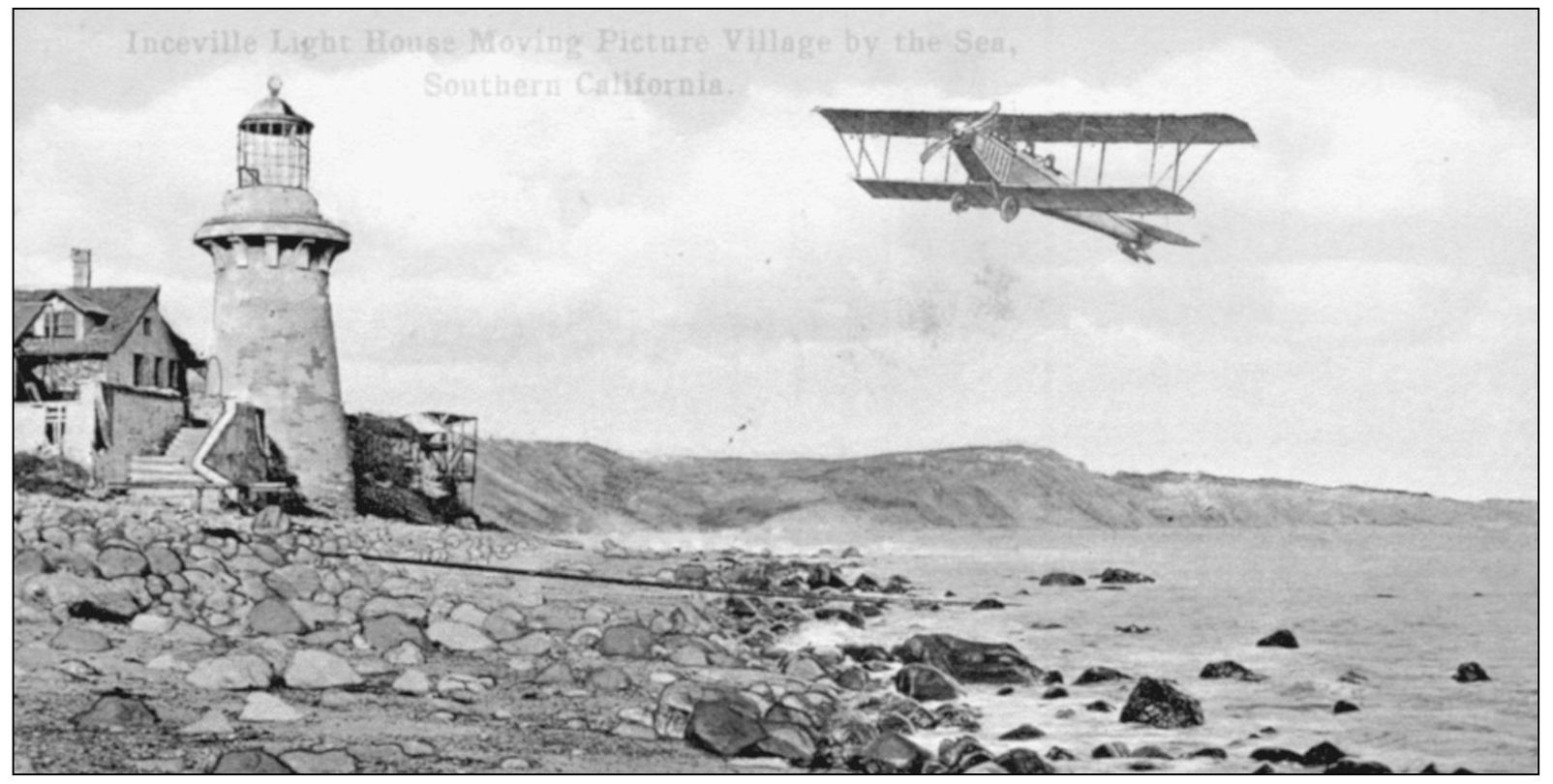BIBLIOGRAPHY
Behlmer, Rudy. Inside Warner Brothers (19351951) . London: Weidenfeld and Nicolson, 1986.
Berg, A. Scott. Goldwyn, A Biography . New York: Knopf, 1989.
Capra, Frank. The Name Above the Title . New York: Macmillan, 1971.
Cerra, Julie Lugo. Culver City, The Heart of Screenland . Chatsworth, CA: Windsor Publications, 1992.
Chaplin, Charlie. My Autobiography . New York: Simon and Schuster, 1964.
Crowther, Bosley. Hollywood Rajah, The Life and Times of Louis B. Mayer . New York: Holt, Riehart, Winston, 1960.
Daggett, Dennis. The House That Ince Built . Glendale, CA: Great Western Publishing, 1980.
Haver, Ronald. David O. Selznicks Hollywood . Bonanza Books, 1980.
Hay, Peter. When the Lion Roared . Atlanta, GA: Turner Publishing, Inc., 1991.
Hirschhorn, Clive. The Universal Story . New York: Crown Publishers, 1983.
Horne, Gerald. Class Struggle In Hollywood . Austin, TX: University of Texas Press, 2001.
Larkin, Rochelle. Hail, Columbia . New Rochelle, NY: Arlington House, 1975.
Parrish, Robert. Growing Up in Hollywood . New York: Harcourt Brace Jovanovich, 1976.
Schatz, Thomas. The Genius of the System, Hollywood Filmmaking in the Studio Era . New York: Pantheon Books, 1988.
Slide, Anthony. The Kindergarten of the Movies, A History of the Fine Arts Company . Metuchen, NJ: The Scarecrow Press Inc., 1980.
Thomas, Bob. King Cohn . New York: G. P. Putnam and Sons, 1967.
. Thalberg, Life and Legend . Garden City, NY: Doubleday, 1969.
Warner, Jack. My First Hundred Years in Hollywood . New York: Random House, 1965.
Zierold, Norman. The Moguls . New York: Coward-McCann, Inc., 1969.
Find more books like this at
www.imagesofamerica.com
Search for your hometown history, your old
stomping grounds, and even your favorite sports team.
One
IN THE BEGINNING
HOLLYWOOD STUDIO MUSEUM. This illustration postcard of the Hollywood Studio Museum, which still exists as the Hollywood Heritage Museum on Highland Avenue, is by artist Shay Austin. In 1913, this building was used to film The Squaw Man , Hollywoods first feature-length motion picture. The building is also Registered Landmark No. 554 by the California State Parks Commission and the Landmarks Committee of Los Angeles County. (Published by Hollywood Heritage.)
MACK SENNETT STUDIOS. An early view of Mack Sennett Studios in Edendale, now Silver Lake, looks north. In 1912, Sennett created the Keystone Company, and by the early 1920s, the studio covered 28 acres and both sides of Allesandro Avenue, now Glendale Boulevard. This is where the famous Keystone Kops were created and the comedic geniuses of Charlie Chaplin, Harold Lloyd, and Charley Chase were born. On November 5, 1982, the City of Los Angeles declared these studios Historic Cultural Monument No. 256.
HOME OF CLARA KIMBALL YOUNGS PICTURES. By the early 1920s, the old Selig lot had served several companies. After William Fox left Clara Kimball Youngs, Garson Studios were born in this Mission-style movie studio built in 1910. This postcard was mailed in 1924, when Young was using the studio to produce her films. The stages and production offices were demolished in the 1930s. (Published by M. Kashower.)
CHRISTIE FILM COMPANY. This is an advertising postcard featuring Christie Studios for Pittsburgh Proof Products, declaring it Testimonial Photograph No. 27. Pittsburgh Proof Products were used to make all the sets and permanent buildings surrounding the studio located at Sunset Boulevard and Gower Street. This was the location of the first motion picture studio in Hollywood, dating to October 1911, for the Nestor Film Company. (Published by Grogan Photo System Inc.)
CHRISTIE STUDIOS HOLLYWOOD. Here is a photograph postcard of Christie Studios, looking east on Sunset Boulevard from El Centro Avenue. Tours of Hollywood have been going on since the beginning of the 20th century, and this advertisement touts Browns Pierce Arrow Tours from the Auditorium Hotel in the early 1920s. The location was originally the site of Blondeaus Tavern and was converted to a motion picture studio by William Horsely and Al Christie.
MORE CHRISTIE STUDIOS. This white-bordered postcard was made from a real photograph and shows Christie Studios in the early 1920s. Al Christie took over the studio in 1916 and produced Christie Comedies here until 1928. The studio was torn down in 1937, and in 1938, CBS and KNX News Radio began broadcasting at the site. (Published by M. Kashower.)
CENTAUR FILM COMPANY. David Horsley and Al Christie came to Hollywood in 1911 under the flag of the Centaur Film Company, and it was in this studio that they created the Nestor Film Company. In 1912, the Universal Film Manufacturing Company took over the lot. In 1915, Universal moved into its new facility, but Christie remained on the lot for the next 13 years. Seen in this photograph postcard is the newly installed streetlight in front of the studio on Sunset Boulevard.
FAMOUS PLAYERS, LASKY STUDIOS. The origins of Paramount can be traced to Lasky Studios, which were located on Selma Avenue and Vine Street. This location, owned by Jacob Stern, originally was a horse barn. It was converted to a production facility in 1912 by Harry Revier and L. L. Burns. In 1913, they enlarged the existing open-air stage to 40 feet by 70 feet and improved the silk and muslin overhead diffusers to modernize the facility. By the time Jesse Lasky and Cecil B. DeMille leased the studio in 1913, a second stage was built, and the existing dressing rooms and ceiling were expanded and ready for filming the production of The Squaw Man . (Published by M. Kashower.)

